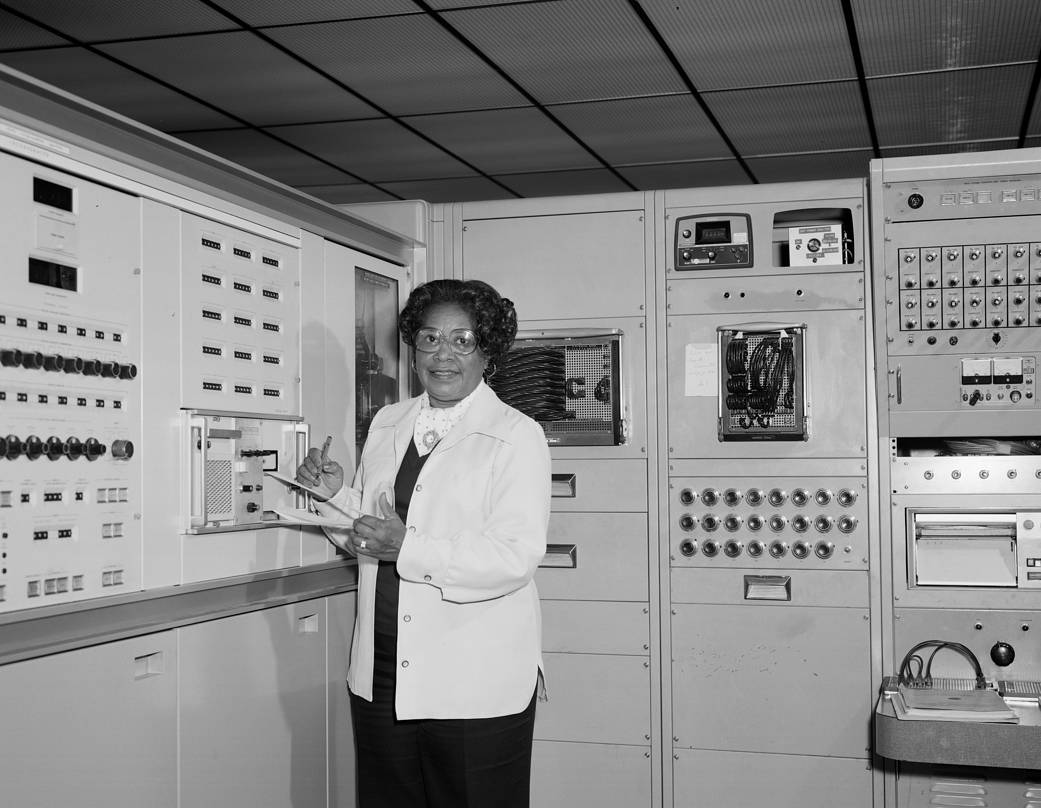
Mary W. Jackson grew up in Hampton, Virginia and attended the historically black college Hampton Institute (now Hampton University), earning bachelor of science degrees in mathematics and physical science.
Each year, we celebrate National Historically Black Colleges and Universities (HBCUs) Week under the leadership of the White House Initiative on HBCUs and with input from the President’s Board of Advisors on HBCUs and its conference sponsors. It provides a forum to exchange information and share innovations among and between institutions. This year HBCU Week runs Sept. 7-10.
After graduating from Hampton, Jackson took a rather circuitous route to becoming a celebrated NASA engineer – from school teacher to ‘human computer’ in the now famous, Langley Memorial Aeronautical Laboratory’s segregated West Area Computing section in 1951. After about two years, she received an offer to work for engineer Kazimierz Czarnecki in the 4-foot by 4-foot Supersonic Pressure Tunnel, a 60,000 horsepower wind tunnel capable of blasting models with winds approaching twice the speed of sound. Czarnecki offered Mary hands-on experience conducting experiments in the facility, and eventually suggested that she enter a training program that would allow her to earn a promotion from mathematician to engineer. Trainees had to take graduate level math and physics in after-work courses managed by the University of Virginia. Because the classes were held at then-segregated Hampton High School, however, she needed special permission from the City of Hampton to join her white peers in the classroom. Never one to flinch in the face of a challenge, Mary completed the courses, earned the promotion, and in 1958 became NASA’s first black female engineer. That same year, she co-authored her first report, Effects of Nose Angle and Mach Number on Transition on Cones at Supersonic Speeds for NASA’s predecessor the NACA.
The contributions of Jackson and her colleagues in the film Hidden Figures. While the movie dramatizes some aspects, it is true to the struggles of the women at the center of the story. The victories for racial and gender rights were not achieved easily or quickly. But today, NASA recognizes their struggles and contributions, and recently renamed the agency’s Washington, D.C. headquarters the Mary W. Jackson NASA Headquarters.
Learn about current HBCU scholars at NASA.
Undaunted by the Fight, HBCUs Shape Leaders at NASA
Image Credit: NASA

























